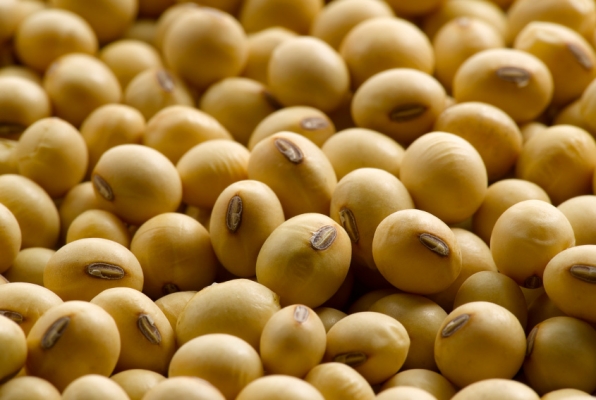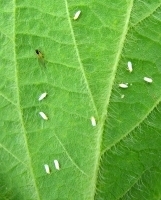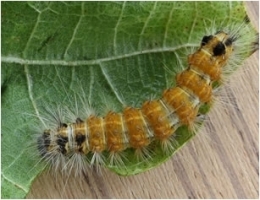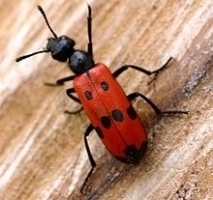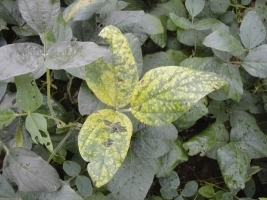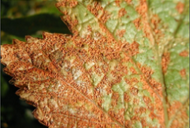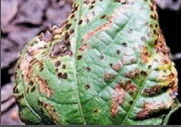PK 472: Suitable for whole UP. Grains are big and bold and of yellowish brown color. Ready to harvest in 120-125 days. Gives average yield of 10-12 qtl/acre.
JS 71.5: Suitable for Bundelkhand area. Ready to harvest in 100-105 days. Gives average yield of 10-11 qtl/acre.
PS 564: Suitable for whole UP area. Ready to harvest in 115-120 days. Grains are medium with yellow color. Gives average yield of 10-12 qtl/acre. Resistant to yellow mosaic virus.
PK 262: Suitable for Terai region. Ready to harvest in 120-125 days. Grains are big, bold, round and yellow color. Gives average yield of 11-12 qtl/acre.
JS 2: Suitable for Bundelkhand region. Ready to harvest in 98-105 days. Gives average yield of 10-12 qtl/acre.
JS 93-05: Suitable for Bundelkhand region. Resistant to collar rot, pod and bud blight. Seeds are greenish yellow color. Gives average yield of 10-12 qtl/acre.
JS 72.44: Suitable for Bundelkhand region. Ready to harvest in 105-110 days. Gives average yield of 10-11 qtl/acre.
JS 335: Suitable for Bundelkhand region. Early maturing variety, resistant to bacterial blight and tolerant to stem fly, bud blight. Gives average yield of 10-12 qtl/acre.
JS 75.46: Suitable for Bundelkhand region. Ready to harvest in 105-110 days. Gives average yield of 10-11 qtl/acre.
Pusa 20: Suitable for Bundelkhand region. Ready to harvest in 110-115 days. Gives average yield of 12-13 qtl/acre.
PK 416: Suitable for whole UP. Ready to harvest in 120-125 days. Grains are medium, oval shape and yellowish in color. Resistant to yellow mosaic virus. Gives average yield of 10-12 qtl/acre
PS 1024: Suitable for tarai region. Ready to harvest in 115-120 days. Gives average yield of 12-14 qtl/acre.
Pusa 16: Suitable for whole UP. Ready to harvest in 110-115 days. Gives average yield of 10-14 qtl/acre.
PS 1042: Suitable for whole UP. Gives average yield of 12-14 qtl/acre.
JS 335: Early maturing variety resistant to bacterial blight and tolerant to stem fly, bud blight. Gives average yield of 10-12 qtl/acre.
MAUS 47: Resistant to bud blight, collar rot, Anthracnose, gray semi looper etc. Seeds are yellow color.
NRC 37 (Ahilya 4): Seeds are of light to dark brown color. It give resistance to collar rot, pod and bud blight also resistant to stem fly and leaf minor.
Other state varieties:
Alankar, Ankur, Bragg, Lee, PK 262, PK 308, PK 327, PK 416, PK 472, PK 564, Pant Soybean 1024, Pant Soybean 1042, Pusa 16, Pusa 20, Pusa 22, Pusa 24, Pusa 37, Shilajeet, VL soya 2, VL soya 47, MAUS 158, VL soya 65, VL soya 59, SL 525, Pratap Soya 2, TAMS 9821, Phule Kalyani (DS 228), Pusa 9814, Co (SOY)-3, LSB-1, Hara soya

